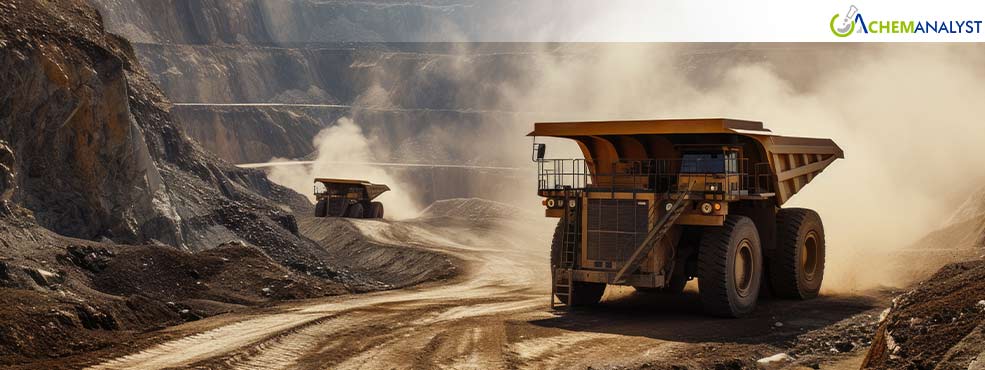Welcome To ChemAnalyst

A notorious environmental liability in Montana could hold the key to reducing the United States' reliance on China for critical rare earth elements. The Berkeley Pit, a vast, abandoned open-pit copper mine filled with billions of gallons of acidic, metal-rich wastewater, is now being eyed as a potential domestic source for important minerals.
The Department of Defense is reportedly considering a significant $75 million grant to fund the construction of a concentrator facility near the pit. This facility would be the crucial final step in a groundbreaking process to extract and refine rare earth elements currently suspended within the toxic water. If the grant is approved and the project succeeds, the long-polluted site could transform into a vital national asset, potentially yielding up to 40 tons of rare earths annually.
The Berkeley Pit, a stark reminder of past mining activities, contains an estimated 50 billion gallons of hazardous wastewater. However, within this toxic brew lie valuable elements such as neodymium and praseodymium. These are crucial components in the powerful magnets used in a wide array of modern technologies, from smartphones and electric vehicles to sophisticated military hardware like precision-guided missiles and satellites. Notably, a single F-35 jet requires approximately 900 pounds of these rare earth elements.
The innovative technology driving this potential transformation comes from the research of Paul Ziemkiewicz, a water expert at West Virginia University. His team has developed a method, initially applied in coal mines, to extract critical minerals from acid mine drainage. This technique, refined in collaboration with chemical engineering firm L3 Process Development, has shown promising results when applied to the mineral-rich waters of the Berkeley Pit.
Dr. Ziemkiewicz, who has studied the pit for over two decades, highlighted a key advantage of this approach: "One of the nice things about acid mine drainage is the concentrates we get are particularly enriched in heavy rare earths," he explained, noting that these heavier elements are often more valuable than the lighter ones.
The extraction process involves a relatively simple yet scalable method. Large plastic bags with a dense weave are filled with a mud-like sludge filtered from the pit's wastewater. As the water slowly drains, a pre-concentrate containing 1% to 2% rare earths remains. This material then undergoes further chemical processing, culminating in solvent extraction – a patented technique used to separate and purify individual rare earth metals to the high grades required for advanced technological applications.7
Looking beyond the Berkeley Pit, Ziemkiewicz believes that if this method is scaled across other suitable sites, it could potentially supply nearly all the rare earths the U.S. currently imports for defense purposes, estimated at around 1,400 tons annually.
This initiative will boost domestic production of all 17 rare earth elements, which, despite not being geologically scarce, are rarely found in concentrated deposits. Currently, the U.S. has only one operational rare earth mine in Mountain Pass, California, leaving it heavily dependent on China, which dominates the global supply chain.
We use cookies to deliver the best possible experience on our website. To learn more, visit our Privacy Policy. By continuing to use this site or by closing this box, you consent to our use of cookies. More info.
